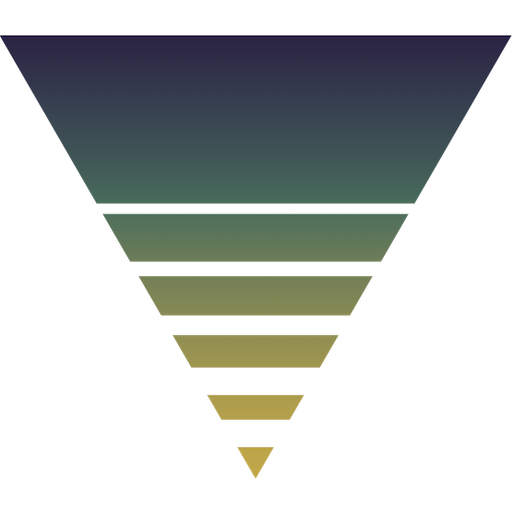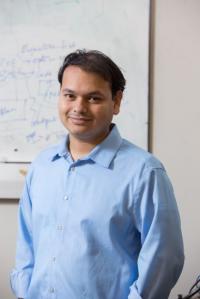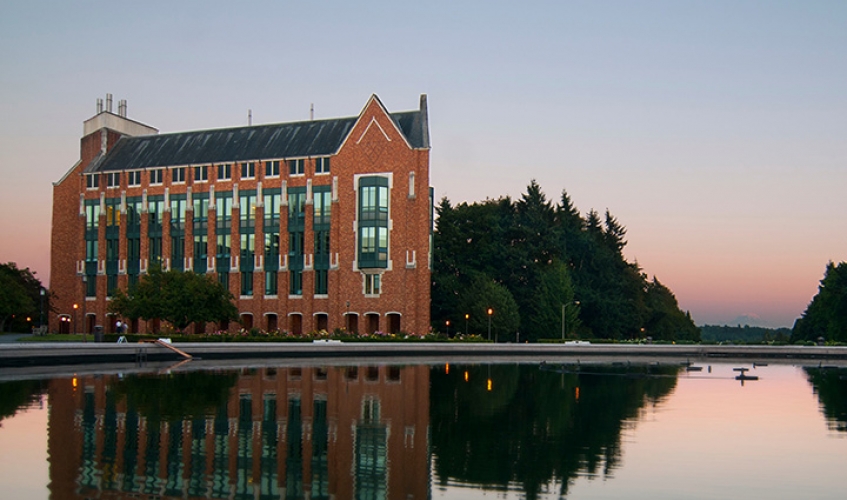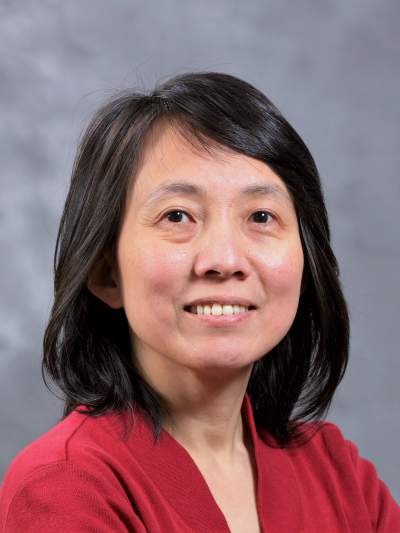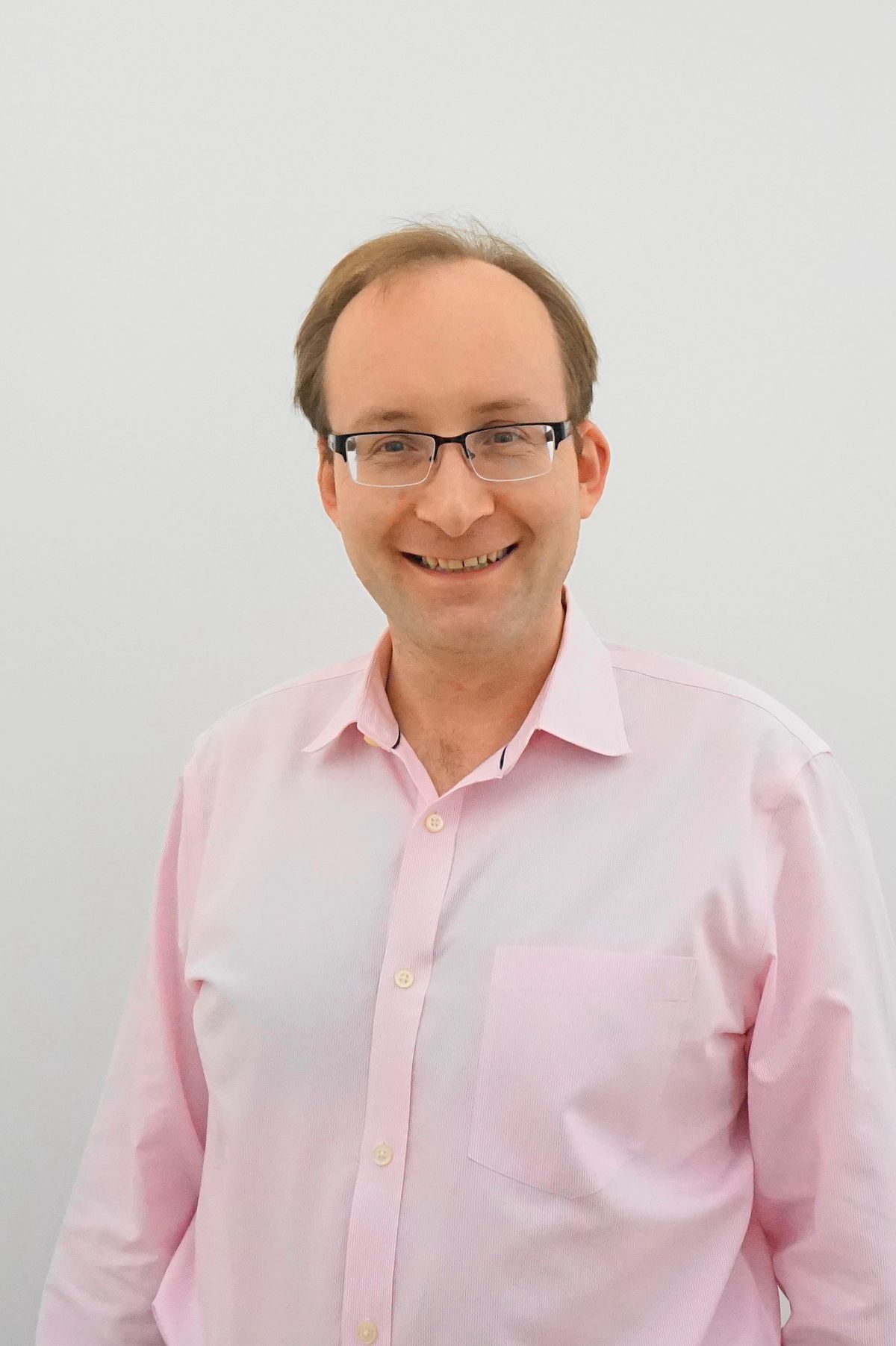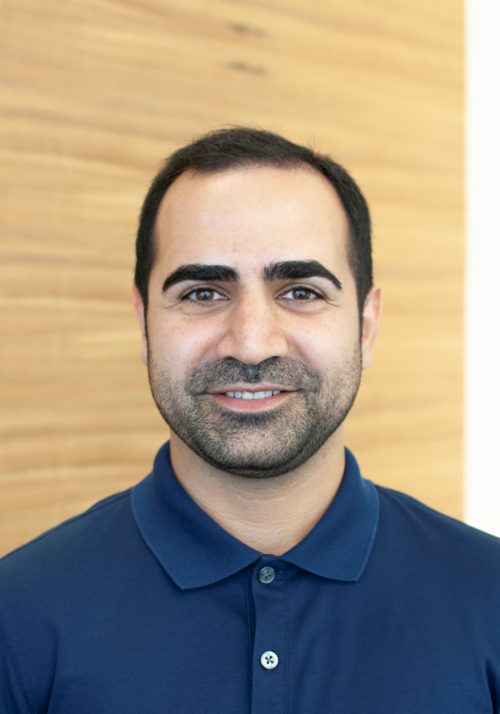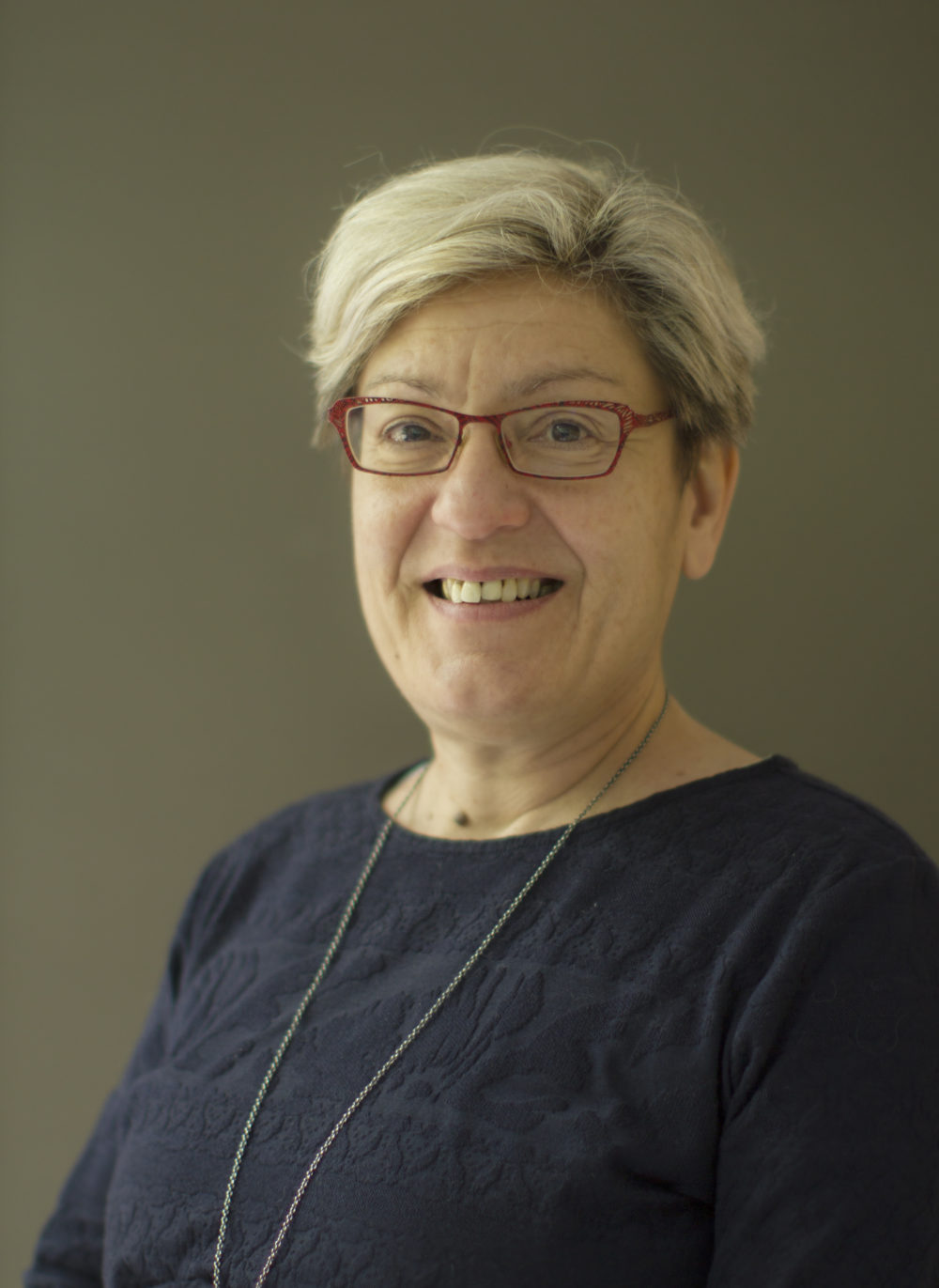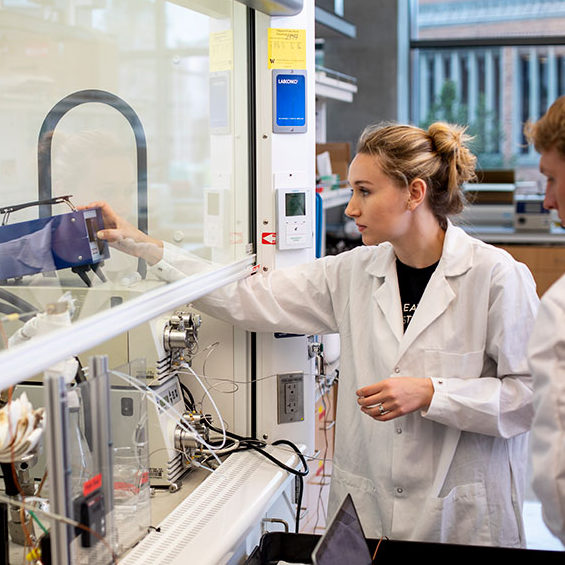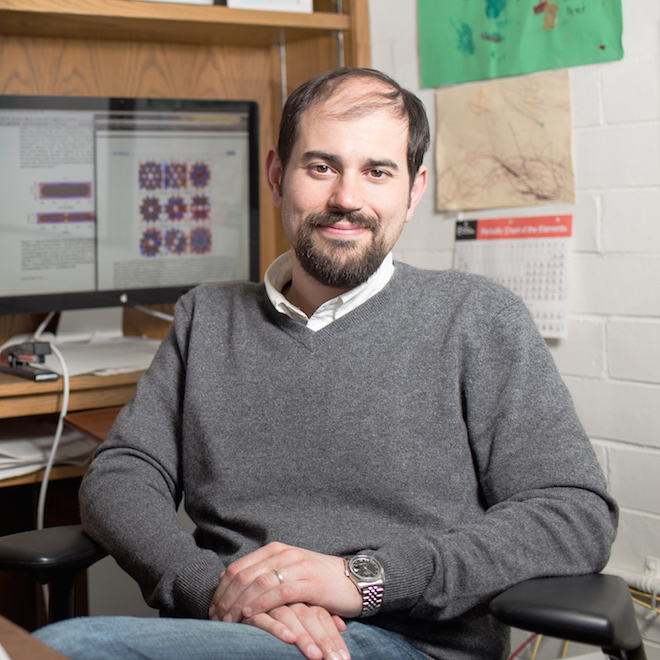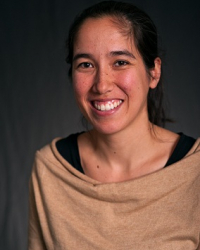In a paper published online July 30 by the journal ACS Nano, David Masiello, NanoES faculty member and professor of chemistry, and colleagues from Rice University and Temple University, report a new breakthrough on controlling the thermal profiles of materials at the nanoscale. The team of researchers designed and tested an experimental system that uses a near-infrared laser to actively heat two gold nanorod antennae — metal rods designed and built at the nanoscale — to different temperatures. The nanorods are so close together that they are both electromagnetically and thermally coupled. Yet the team measured temperature differences between the rods as high as 20 degrees Celsius. By simply changing the wavelength of the laser, they could also change which nanorod was cooler and which was warmer, even though the rods were made of the same material.
